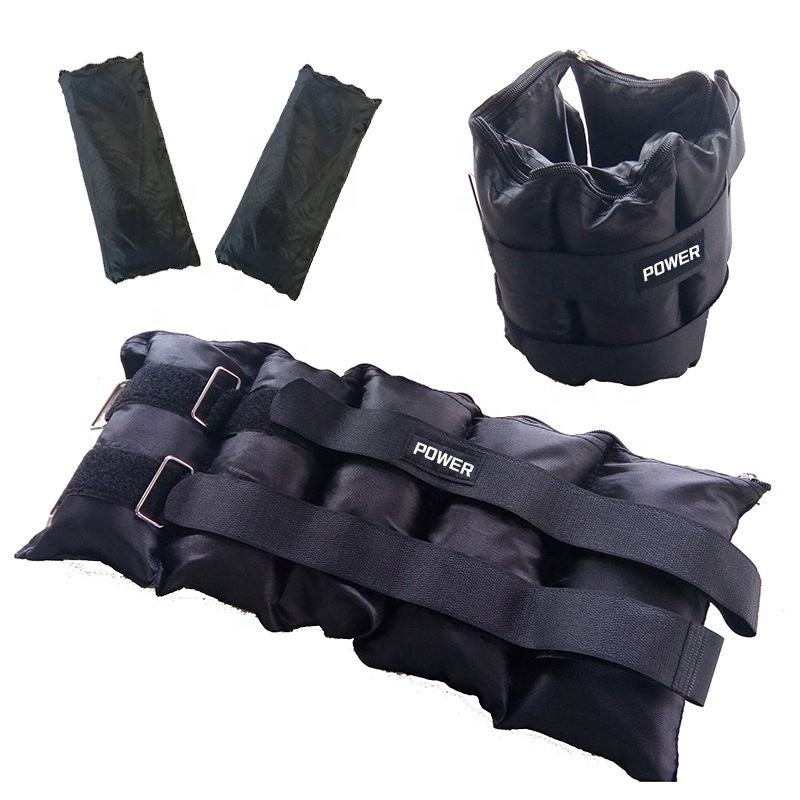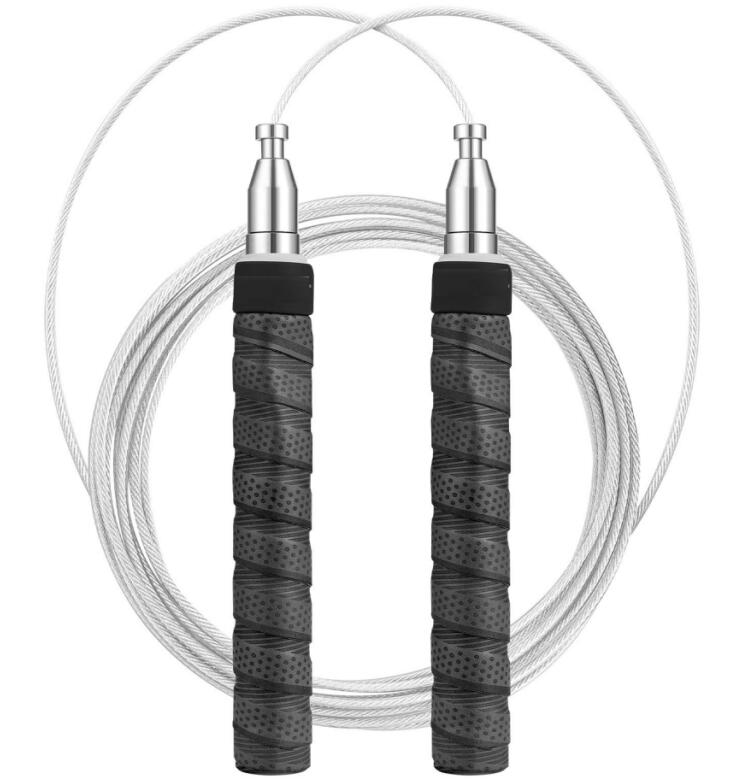The Online Home for Strength Sports
Written by Mike DewarLast updated on August 9th, 2023 Barbell Plate

There are no shortcuts to developing a strong, lean, and powerful core. However if there was one exercise that could fast-track you to chiseled abs while boosting performance along the way, it might just be the medicine ball slam.
Medicine ball slams are a ballistic total-body movement that involves forcefully slamming a ball into the floor. They can help you improve your power output, core strength, and athleticism.
In this exercise guide, we cover everything you need to know about medicine ball slams to help you improve core strength, total body power, and fitness with this explosive movement:
Like most forms of plyometric work, the movement seems simple at a glance, but the devil is in the details. Below is a step-by-step guide on how to properly set up and perform the medicine ball slam.
Proper setup is crucial for strong slams, with the major key being the orientation of the lower back. To start, stand over the ball with the feel slightly wider than hip width, with the ball itself directly underneath you. “Squeeze” the ground with the feet and squat down to grab the ball. Keep your lower back flat and primed to move.
Coach’s Tip: Sit your hips low in the starting position to engage more of the quads and glutes.
Once you are set up, lock the back so that torso rises up at the same rate as your hips. As you ascend to a vertical posture, raise the ball high overhead in a smooth, fluid motion.
Coach’s Tip: You can keep your feet planted as you rise or you can jump off the floor for some extra leg work.
Slam the ball downwards into the floor, and do it aggressively. The goal is to accelerate the ball downwards, not simply let gravity take it to rest. Hurl it with as much force as you can muster.
Coach’s Tip: Envision the medicine ball is a watermelon. Your task is to crush it on impact.
The med ball slam has a lot more going for it than just making a lot of noise in the gym. Below are three key benefits of the medicine ball slam that coaches and lifters can use to build power and push performance.
Med ball slams are about as dynamic as can exercise can get, which is great if you’re looking to include metabolically challenging movements that stress a wide array of muscles at once.
A strong set of slams trains the musculature of the legs, core, and upper limbs explosively. Heavy taxation of the cardiovascular and nervous systems demands a tremendous amount of energy generation to fuel each high octane repetition. The result is an increased work capacity and improved anaerobic endurance potential, which should translate over to things like barbell cycling or high rep sets.
Nearly every athlete — regardless of sport or discipline —needs to be able to promote, absorb, and react to multiplanar forces to develop resilience while in motion or under load.
Rotational training via slams and throws can be an amazing way to develop coordination, athleticism, and strength in a ballistic environment. Most sports, whether it is track & field, boxing, or baseball demand a degree of rotary control that can be trained by the medicine ball slam. Slams can help you learn to fully utilize your core to both promote force and protect your spine while in motion.
While most athletes rightfully find the Olympic lifts alluring, sometimes regressing can be more beneficial. Many individuals may benefit more from performing slams to develop explosiveness or coordination than snatches or cleans. While unparalleled in their efficacy, complex technical barriers and a comparatively cumbersome implement make the med ball a bit more approachable than the barbell.
Medicine ball slams are a dynamic, explosive, and highly metabolic exercise that does not simply “target” one muscle group alone. While the below muscle groups are the primary movers of the exercise, bear in mind that almost every muscle comes into play to a degree.
The abs are used to generate the downwards force during the slam. The harder you slam the ball, the more the abs need to contract, as you’re essentially performing a crunch from a standing position.
The obliques are primarily responsible for rotation of the core, so when you’re doing rainbow slams or rotational throwing variations, the obliques are used to a higher degree. If you’re doing lateral work with a ball, the obliques are your bread and butter.
Taking the medicine ball from overhead to the floor involves drawing the arm down in front of the body. Shoulder extension is a primary function of the lattisimus dorsi, so your back comes heavily into play as a secondary mover in the slam.
The medicine ball slam is a unique yet universal exercise that can be integrated into warm-ups, core strength workouts, or even conditioning sessions. Below is a more complete breakdown discussing how the medicine ball slam can be beneficial for various populations.
For powerlifters, strongmen, or weightlifters, getting some quality core work in is critical. The medicine ball slam can hit two birds with one stone as a means of increasing power production alongside offering some general physical preparedness training as part of a larger structured strength-specific program.
Rotational power training is a key component of athletic development. Almost every athlete relies on their rotational capabilities on the court or the field since their environment is less controlled than the weight room. Med ball slams can replicate some of the demands required of traditional athletes in a productive way.
The medicine ball slam is a great way to develop core strength, stamina and work capacity in a fun, dynamic, and power-centric manner. They are both a workable introduction to plyometrics and a suitable conditioning tool for advanced athletes. They’re unique in that they retain their benefits to athleticism, coordination, and cardio no matter how much gym experience you have under your belt.
The medicine ball slam is an exercise that requires very specific parameters. Unlike other exercises, the time under tension is limited, so they aren’t well suited for developing muscle mass or pure strength. That said, the movement can be used to increase power, improve endurance, or both.
Note that the below guidelines are here to offer coaches and athletes loose recommendations for programming, and aren’t to be taken as gospel.
Power development is the primary purpose of the slam. To maximize your force development, you want to make sure the load you are using is not too heavy that it distorts the movement, yet allows you to attack each rep with vigor.
Start by performing 3 – 4 sets of 3 – 5 repetitions. Rest periods should be on a 1:4 to 1:10 ratio, meaning if a series of slams lasts 3 seconds, rest periods can be anywhere from 12-30 seconds long.
When looking to increase core endurance, you need to train in higher rep ranges and for longer durations. Some lifters may want to train greater muscle endurance (for sport), in which higher repetition ranges and/or shorter rest periods are recommended.
Start by performing 2 – 3 sets of 20 – 30 repetitions, resting for short bursts as needed. You can also set a timer and perform long cluster sets, aiming to increase the working period over time.
Medicine ball slams offer coaches and lifters a great opportunity to train the core and body throughout multiple planes of motion. The ability to load more than one plane of movement means better customization to meet the needs of the lifter. The below medicine ball slam variations are three of the most common and widely used slam exercises for all levels.
Side to side slams (or rainbow slams) are a great way to add some rotational training into your slamming routine. Simply rotate the entire body as you slam the ball a few inches from your pinky toe, making sure to pivot the feet and bend the back knee as you come into a split squat position to prepare for the next rep.
Rotational slams or throws can be performed by hurling the ball to the sides and having it collide with a wall instead of the floor. Lateral ballistic training is particularly beneficial for athletes who perform rapid changes in direction on the field (basketball, soccer) or take part in contact sports (football, rugby) because they simulate the demand placed on the core in an authentic way.
The medicine ball slam is a unique exercise — it can be hard to mimic the movement and resulting benefits exactly. That said, if you find you are not able to get your hands on a medicine ball, or want to add some new movements into your workouts, try out these two common alternatives below, both of which can be programmed in a similar manner.
Battle ropes are a great way to build powerful core muscles, work on shoulder stamina, and get a total body workout in to boot. Like the medicine ball slam, the battle ropes allow you to unleash all your energy in explosive bursts from a variety of angles.
Woodchoppers can be done with resistance bands, cables, or free weights. For best results, resistance bands and cables are used because they allow you to train a variety of angles, mimic real world movement patterns, and most importantly load the movement more effectively through the entire range of motion.
To the untrained eye, the medicine ball slam may look like a temper tantrum, but aggression is merely the fuel powering the exercise. The result is a convenient, all-encompassing movement for developing true power in the gym without relying on heavy barbell work. The core stimulation is the icing on the cake.
If you’re looking for a move that is fun, challenging, a stress-reliever, and guaranteed to boost your athletic capabilities as well, grab a ball and get to slamming.
The medicine ball slam is a pretty straightforward movement, however some questions do pop up time to time, so it’s worth addressing the two most common ones.
This can vary, but based on the goal of the movement, roughly four to 20 pounds is sufficient depending on your goal. Excessively heavy loads will reduce your ability to generate speed. Refer to the recommendations above regarding sets, reps, and rest periods for more info.
Sure, however it may get pretty fatiguing to do 10 minutes straight of slams. That said, cardio, by definition, can be anything that keeps the heart rate elevated (often between 60-85% of heart rate max) for prolonged periods of time. Slams do make for a great component of a cardio circuit alongside biking, rowing, sprints, or rop e skips.
Featured Image: Srdjan Randjelovic / Shutterstock
Mike holds a Master's in Exercise Physiology and a Bachelor's in Exercise Science. He's a Certified Strength and Conditioning Specialist (CSCS) and is the Assistant Strength and Conditioning Coach at New York University. Mike is also the Founder of J2FIT, a strength and conditioning brand in New York City that offers personal training, online programs, and has an established USAW Olympic Weightlifting club.
BarBend is an independent website. The views expressed on this site may come from individual contributors and do not necessarily reflect the view of BarBend or any other organization. BarBend is the Official Media Partner of USA Weightlifting.

Small Yoga Ball Exercises Copyright © 2024 · BarBend Inc · Sitemap